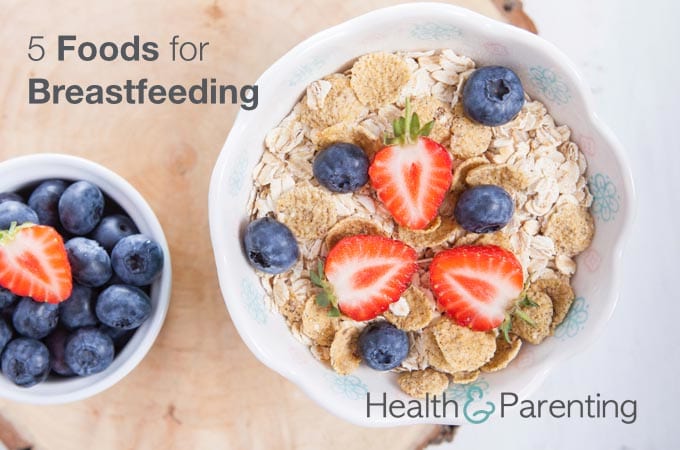There are a lot of inevitabilities that go hand in hand with having a baby. One of them is that at some point, you will open some magazine and find a picture of some celebrity who gave birth a week or two before you and somehow, miraculously, has their pre-baby body back. It’s one of the laws of the universe, it would seem; nature’s way of making us feel guilty for not bouncing back so quickly ourselves.
When you come across those pictures, try to keep a few things in mind. Celebrities have a crew of people on board to help them bounce back like that, everything from nutritionists and trainers, to nannies and plastic surgeons. And those magazines have skilled Photoshop experts at their disposal as well. So don’t let the pictures weigh you down too much.
In fact, don’t let them weigh you down at all. These post partum months shouldn’t be about losing weight. Yes, that will happen on it’s own with time (and bonus, breast feeding can help!) but your focus now should still be on healing and being the best, healthiest version of yourself for your baby. Which means paying attention to your hunger cues (no starvation diets!) and skipping the calorie counting drama.
It also means filling up on these foods for breastfeeding that are great for you, your baby, and your breast milk:
- Oats: It’s believed that oats serve both as an anti-inflammatory (which is great for a woman post-partum) and a milk supply booster. So start your morning off with a bowl of whole grain oats, or splurge on some oatmeal cookies.
- Garlic: Studies have actually found that babies drink more breast milk when mothers have garlic before breastfeeding. This can be a good thing for little ones who are slow to eat otherwise, and it can also help to boost your production in the process. Plus, who doesn’t love garlic?
- Nuts: All nuts contain amino acids that are necessary for serotonin production, which is integral to lactation. If you’re standing in the nut aisle and don’t know what to choose, go for the almonds—they’re a great source of protein as well. Breastfeeding mothers whose children have a high risk of developing an allergy, may want to discuss with their healthcare provider about eliminating foods such as dairy, nuts, eggs, and fish from their diet. However, so far there is no clear evidence that a breastfeeding mother’s diet will have any effect on whether her baby develops an allergy.
- Healthy Fats: Every healthy diet should include healthy fats, making avocados and salmon great breastfeeding foods.
- Water: Okay, so maybe water isn’t exactly a “breastfeeding food” or something you “eat,” but it is a necessary component of breastfeeding and overall health. Becoming dehydrated is one of the quickest ways to dry up your milk supply, so remember to always keep a full bottle of water handy!
What are your favorite foods for breastfeeding?
Written by Leah Campbell, infertility advocate, adoptive mama, writer and editor. Find me @sifinalaska on Twitter.
This information is not intended to replace the advice of a trained medical doctor. Health & Parenting Ltd disclaims any liability for the decisions you make based on this information, which is provided to you on a general information basis only and not as a substitute for personalized medical advice. All contents copyright © Health & Parenting Ltd 2016. All rights reserved.











